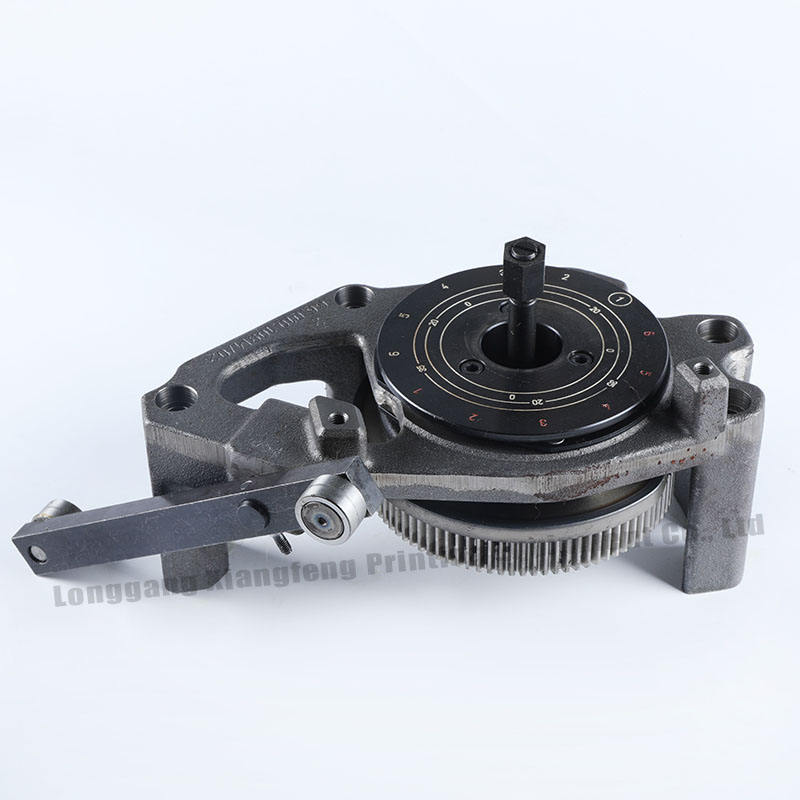Call us
+86-19818583496
+86-0577-68586867
Printing Machine Gear is one of the most essential components in modern printing equipment. Its performance directly affects print quality, machine efficiency, and long-term reliability. For businesses and operators, knowing how to select, maintain, and upgrade gears can help keep production lines steady and reduce unexpected downtime.

Printing Machine Gear: How to Choose the Right Gear
Choosing the correct gear depends on the type of printing task and the technical requirements of the machine. For high-speed printing, gears must deliver smooth motion transfer with minimal vibration. In heavy-duty applications, gears need higher load capacity and stronger materials such as alloy steel or heat-treated iron.
When evaluating options, attention should be paid to gear module, number of teeth, and ratio, as these factors determine the transmission accuracy and torque output. Backlash control is another key element, as excessive clearance between teeth can cause misalignment or print defects. Lubrication requirements should also be considered at the design stage, since proper lubrication extends service life and ensures consistent performance.
Printing Machine Gear: Maintenance and Common Issues
Routine maintenance is critical for extending the life of gears. Operators should regularly inspect gears for signs of wear, apply appropriate lubrication, and keep the gear housing free from dust and debris. In humid environments, protection against rust or corrosion becomes especially important.
Common issues include uneven wear, cracked teeth, poor meshing, and abnormal noise during operation. Uneven wear often results from insufficient lubrication or contamination by foreign particles. Cracked or broken teeth may come from overloading or sudden stops. Misalignment between gears can create print inaccuracies, while noise may signal imbalance or lack of lubrication. Addressing these issues early prevents larger failures and minimizes downtime.
Printing Machine Gear: When and How to Upgrade or Retrofit
Upgrading gears can be a practical solution when production targets increase or when higher precision is required. Older printing machines may not meet today’s demands, but fitting them with improved gears can extend their working life.
One option is to select gears made from advanced materials that provide better strength and wear resistance. Surface treatments, such as anti-friction coatings, can also reduce energy loss and improve durability. What’s more, precision machining and tighter tolerances can help achieve smoother operation. For businesses that want flexibility, modular gear systems allow easier replacement and adaptation without major redesigns of the entire machine.
Upgrading does not always mean replacing every component. Sometimes improving a single gear in a transmission chain can deliver noticeable improvements in accuracy and efficiency. Consulting with technical specialists can help determine the most cost-effective approach.
Conclusion
Along with this, training staff to recognize early warning signs of gear problems can make maintenance more effective. Simple practices, such as listening for unusual sounds or monitoring vibration levels, provide valuable clues before larger issues develop. Combining these preventive steps with scheduled servicing creates a more reliable production environment.
From choosing the correct specifications to keeping up with regular maintenance and considering timely upgrades, Printing Machine Gear plays a central role in ensuring printing machines operate effectively. Focusing on material selection, proper design, and consistent maintenance allows businesses to lower the risk of failures and keep production more stable.
For product information and inquiries, please contact Xiangfeng Company.
Contact Us